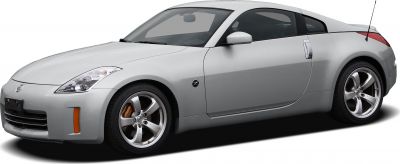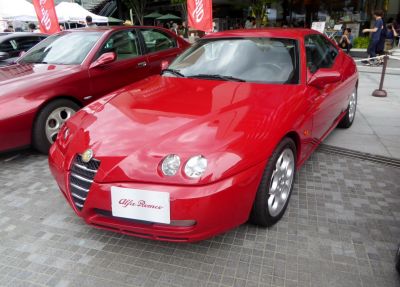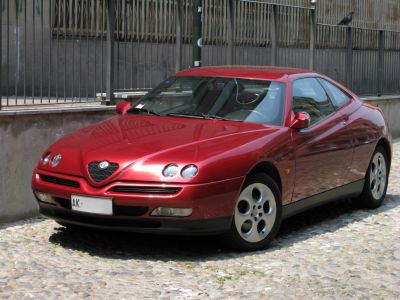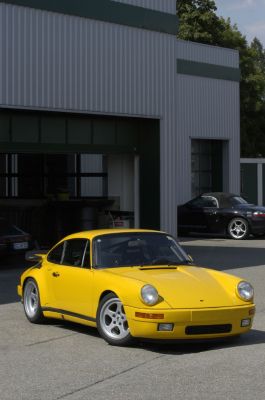 1974 Porsche 911 Coupe (Type 930) Dimensions, Size & Specs
1974 Porsche 911 Coupe (Type 930) Dimensions, Size & SpecsMeasurements of the 1974 Porsche 911 Coupe, engineered for optimal performance and comfort
| Dimensions | |
|---|---|
| Length: | 4291 mm168.9 in14.1 ft |
| Width: | 1775 mm69.9 in5.8 ft |
| Height: | 1280-1320 mm50.4-52.0 in4.2-4.3 ft |
| Ground Clearance: | 120-157 mm4.7-6.2 in0.4-0.5 ft |
| Weight Specifications | |
| Curb Weight: | 1140-1335 kg2513-2943 lbs |
| Maximal permitted Weight: | 1525-1680 kg3362-3704 lbs |
| Roof Load: | 35-75 kg77-165 lbs |
| Tire Specifications | |
| Rims Sizes: | 16-inch rims:
|
| Tire Sizes: |
|
The Porsche 911 Coupe (Type 930) produced from 1975 to 1989 represents a classic era of sports car design, combining iconic styling with powerful performance metrics. Measuring 4291 mm (169 inches) in length and 1775 mm (70 inches) in width, this generation of the 911 offers a compact yet aggressively proportioned coupe form. The height varies between 1280 mm to 1320 mm (50.4 to 52 inches), contributing to its low-slung sporty profile and enhanced aerodynamics.
Weighing between 1140 and 1335 kilograms (2513 to 2945 pounds) in curb weight, the Type 930 manages a remarkable balance between lightweight construction and road presence. Its maximum allowable weight ranges from 1525 kg to 1680 kg (3362 to 3704 pounds), depending on specific configurations and options, highlighting its versatility as both a daily driver and a dynamic sports car.
The ride height or ground clearance varies between 120 mm and 157 mm (4.7 to 6.2 inches), which favors responsive handling and cornering capabilities, typical of the Porsche 911’s legendary road manners. Roof load capacity spans from 35 kg to 75 kg (77 to 165 pounds), allowing for modest rooftop cargo while maintaining structural integrity.
Wheel and tire options enhance both performance and style, featuring rim sizes such as 15 x 7J, 15 x 7.5J, 16 x 7J, 16 x 8J, 16 x 8.5J, and 16 x 9J. Tire sizes commonly fitted range from 185/70 R15 to 245/45 R16, ensuring grip and stability across varied driving conditions.
Overall, the Porsche 911 (Type 930) coupe's dimensions and specifications underline its commitment to sports car tradition — compact dimensions poised for nimble handling, a relatively light frame for its powerful turbo engines, and a design that has become deeply ingrained in automotive history as an icon of spirited driving.
Discover the standout features that make the 1974 Porsche 911 Coupe a leader in its class
Have a question? Please check our knowledgebase first.
The Porsche 911 Coupe (Type 930), produced between 1975 and 1989, has a length of 4291 mm (169 inches), a width of 1775 mm (69.9 inches), and a height ranging from 1280 mm to 1320 mm (50.4 to 52 inches) depending on the specific model variation or setup. These compact dimensions are characteristic of classic sports cars, emphasizing a low profile and wide stance for improved aerodynamics and handling.
The curb weight of the Porsche 911 Coupe (Type 930) varies between 1140 kg and 1335 kg (approximately 2513 to 2945 pounds), reflecting differences in model trims and equipment. The maximum weight, which includes passengers and cargo, ranges from 1525 kg to 1680 kg (3362 to 3704 pounds). This variation accounts for optional features and performance packages that influence the overall mass.
The ground clearance of the Porsche 911 Coupe (Type 930) ranges between 120 mm and 157 mm (approximately 4.7 to 6.2 inches). This relatively low ride height contributes to better handling and stability at higher speeds by lowering the center of gravity. However, it requires careful driving over speed bumps or uneven surfaces to avoid undercarriage damage.
The Porsche 911 Coupe (Type 930) comes with a variety of rim sizes including 8J x 16, 7J x 16, 9J x 16, 8J x 15, and 7J x 15 inches depending on the year and variant. Corresponding tire sizes include 225/50 R16, 205/55 R16, 245/45 R16, 225/50 R15, 215/60 R15, 205/50 R15, and 185/70 R15. This range allows for different setups balancing performance, comfort, and road grip.
Yes, with its length of 4291 mm (169 inches), width of 1775 mm (69.9 inches), and height between 1280 to 1320 mm (50.4 to 52 inches), the Porsche 911 Coupe (Type 930) generally fits comfortably inside a standard single-car garage. Typical garage door widths and depths accommodate this car's dimensions well, though it's always prudent to consider extra space for opening doors and maneuvering.
Compared to the Porsche 911 Carrera RS 2.7, the Type 930 is slightly wider and heavier, primarily because the 930 introduced turbocharging and wider rear wheels for better traction. While the Carrera RS 2.7 had a width around 1640 mm (64.6 inches), the 930 increased this to 1775 mm (69.9 inches), reflecting a more aggressive body stance. The length remained similar, but the 930 generally weighs more due to added performance components and reinforcements.
In comparison to other 1970s and 1980s sports cars, the Porsche 911 Coupe (Type 930) held a relatively compact footprint with its length of 4291 mm (169 inches) and width of 1775 mm (69.9 inches). It’s narrower and shorter than many contemporaries like the Chevrolet Corvette of the same era, which typically measured over 4500 mm in length and wider than 1800 mm. This compactness contributes to the 930’s renowned agility and sharp handling.
The Porsche 911 Coupe (Type 930) has a roof load capacity ranging from 35 kg to 75 kg (77 to 165 pounds), varying with specific versions and structural reinforcements. While the 911 is not primarily designed as a cargo hauler, modest roof-mounted loads such as a small luggage box or sporting gear are possible. Exceeding the recommended load may impact handling, vehicle dynamics, and could cause damage to the roof structure.
The height of the Porsche 911 Coupe (Type 930) ranges from 1280 mm to 1320 mm (50.4 to 52 inches), underscoring its low-slung sports car profile. This low height enhances aerodynamic efficiency but can slightly limit interior headroom, especially for taller drivers or passengers. Visibility is typical for sports coupes of this era, with a focused forward view and limited rear visibility due to the steep rear window angles.
The Porsche 911 Coupe (Type 930) marked Porsche's entry into turbocharged road cars, featuring a turbocharged flat-six engine which significantly boosted performance over the naturally aspirated predecessors. It sported wider rear fenders to accommodate larger wheels and tires for improved traction. Over its production span from 1975 to 1989, the 930 saw various mechanical improvements such as refined turbocharging systems, better suspension setups, and updated interiors, making it a highly sought-after classic sports car combining raw performance with distinctive styling.
Discover similar sized cars.

| Production: | 2003-2007 |
|---|---|
| Model Year: | 2003 |
| Length: | 4310 mm169.7 in |
| Width: | 1816 mm71.5 in |
| Height: | 1316 mm51.8 in |

| Production: | 2003-2004 |
|---|---|
| Model Year: | 2003 |
| Length: | 4299 mm169.3 in |
| Width: | 1776 mm69.9 in |
| Height: | 1318 mm51.9 in |

| Production: | 1995-2003 |
|---|---|
| Model Year: | 1995 |
| Length: | 4285 mm168.7 in |
| Width: | 1780 mm70.1 in |
| Height: | 1320 mm52.0 in |

| Production: | 1987-1991 |
|---|---|
| Model Year: | 1987 |
| Length: | 4290 mm168.9 in |
| Width: | 1775 mm69.9 in |
| Height: | 1311 mm51.6 in |
